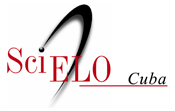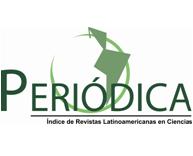SHRIMP WASTES DEPIGMENTATION USING OZONE
Keywords:
astaxanthin, depigmentation, ozone, shrimp wasteAbstract
The increase in shrimp farming, due its demand, leads a growth of organic waste, mainly constituted by their head and the exoskeleton when the animals are processed to obtain edible muscle. It is known that these residues contain minerals, proteins, pigments and chitin (from which their functional derivative, chitosan is produced). These biomolecules could be reused in obtaining products of great commercial value with multiple applications in industry. Some by-products can be recovered from chitin purification, mainly astaxanthin, with important applications in pharmaceutical and cosmetic industry due to its high antioxidant power. However, for medicine, its removal is required since it can have adverse effects for allergic people. In this work, ozone application is evaluated as a depigmentation alternative of shrimp exoskeleton (Farfantepenaeus notialis and Litopennaeus vannamei species) in a fixed bed reactor at laboratory scale at room temperature. Through visible UV spectroscopy application, it was found that ozone application achieves a shrimp exoskeleton wastes depigmentation superior to 75%, being higher for Litopennaeus vannamei specie. Infrared spectroscopy shows that ozone application as a depigmentation method does not affect the structure of chitin molecule.




















